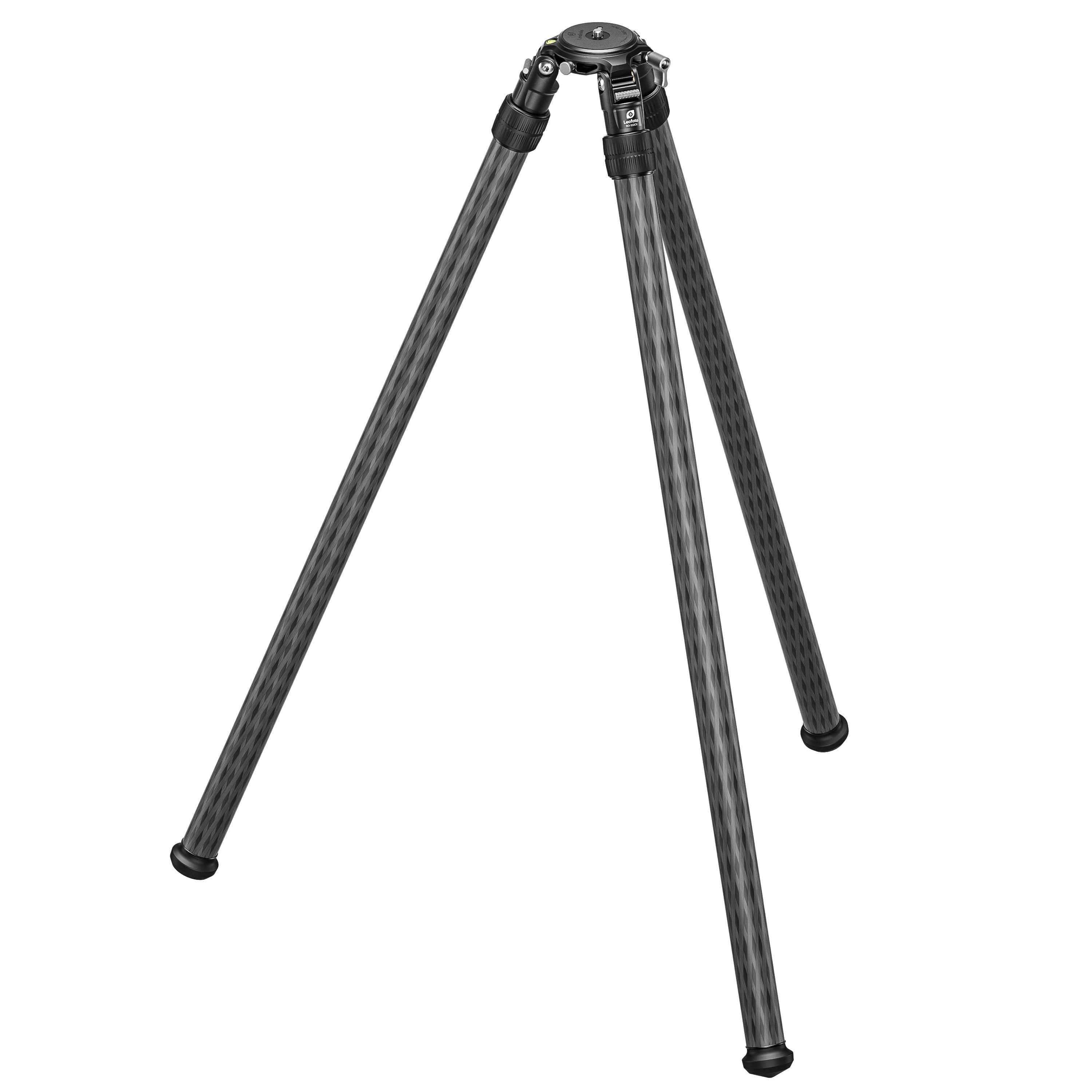i have a kestrel 5700 elite ab, sn#2160498. i have down loaded the latest firmware. i have had it for years, i used to be really into the precision rifle stuff. i bought the weather vane for it, etc. but it has always given me problems. but i think i am onto something finally. i've been getting ready for an elk hunt so i've been playing with 5 guns, Defensive edge 338 ai terminater, a kirby allen 338 ai raptor, 2 different GAP built 6.5 saums, and a Coffin custom 7mm rem mag. all very nice guns. as i was getting re-aquainted with them and trying different ammo, i noticed a pattern that using the kestrel
they were all shooting low, .1-.2 mils in the 400-500 yd range, and also shooting low out to 900 yds. finally yesterday, a local dedicated shooter let me borrow his similiar kestrel at the range. i downloaded 3 of my profiles, 6.5 saum, 338 raptor, and 7mm onto his kestrel. i then compared them side by side with the exact same profile. ignoring the wind calls, ( i didn't make the wind the same, only the target distance and direction (395 yds, and 175 deg) as you can see from the pics, his kestrel always had about a .1 mil higher solution,, i also compared all the weather numbers. our weather numbers were kinda close but no where near exactly the same, there has to be some input that is acting on all my profiles to make them shoot low. the weather numbers didn't match but they were close,,, i don't know how important all the weather numbers need to be. pics to follow. mine is the tan one
it has always done this and i usually do a profile calibration with the mv, but i have a nice labradar so i know my ave mv. and it is decent ammo so pretty low es and sd
any thoughts? i am cross posting this























































